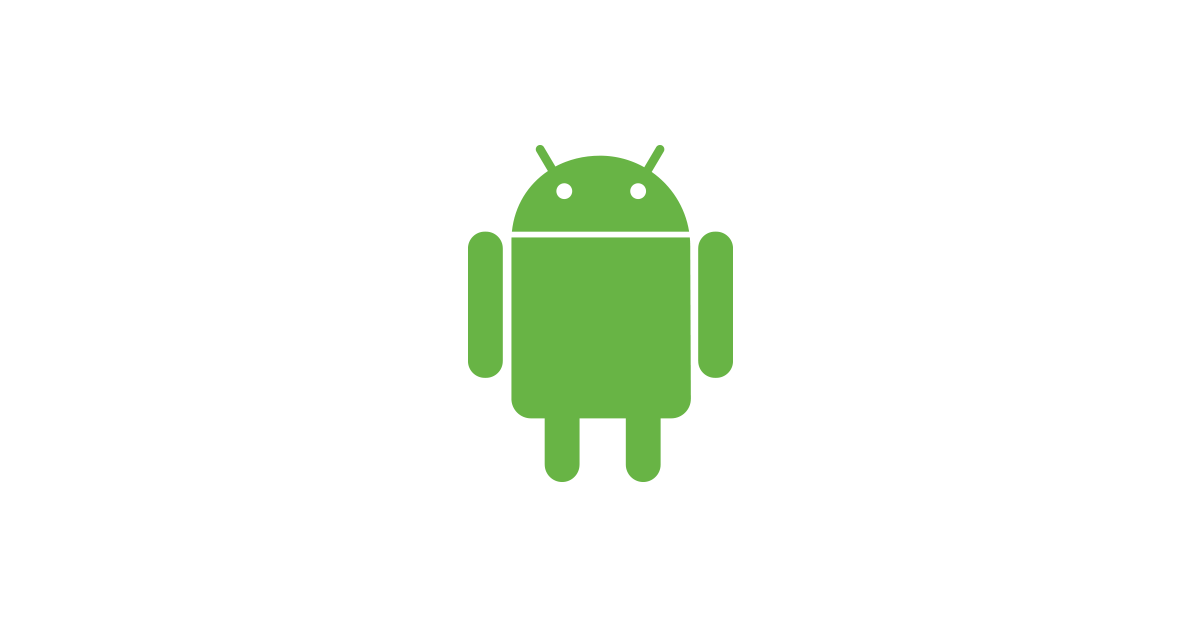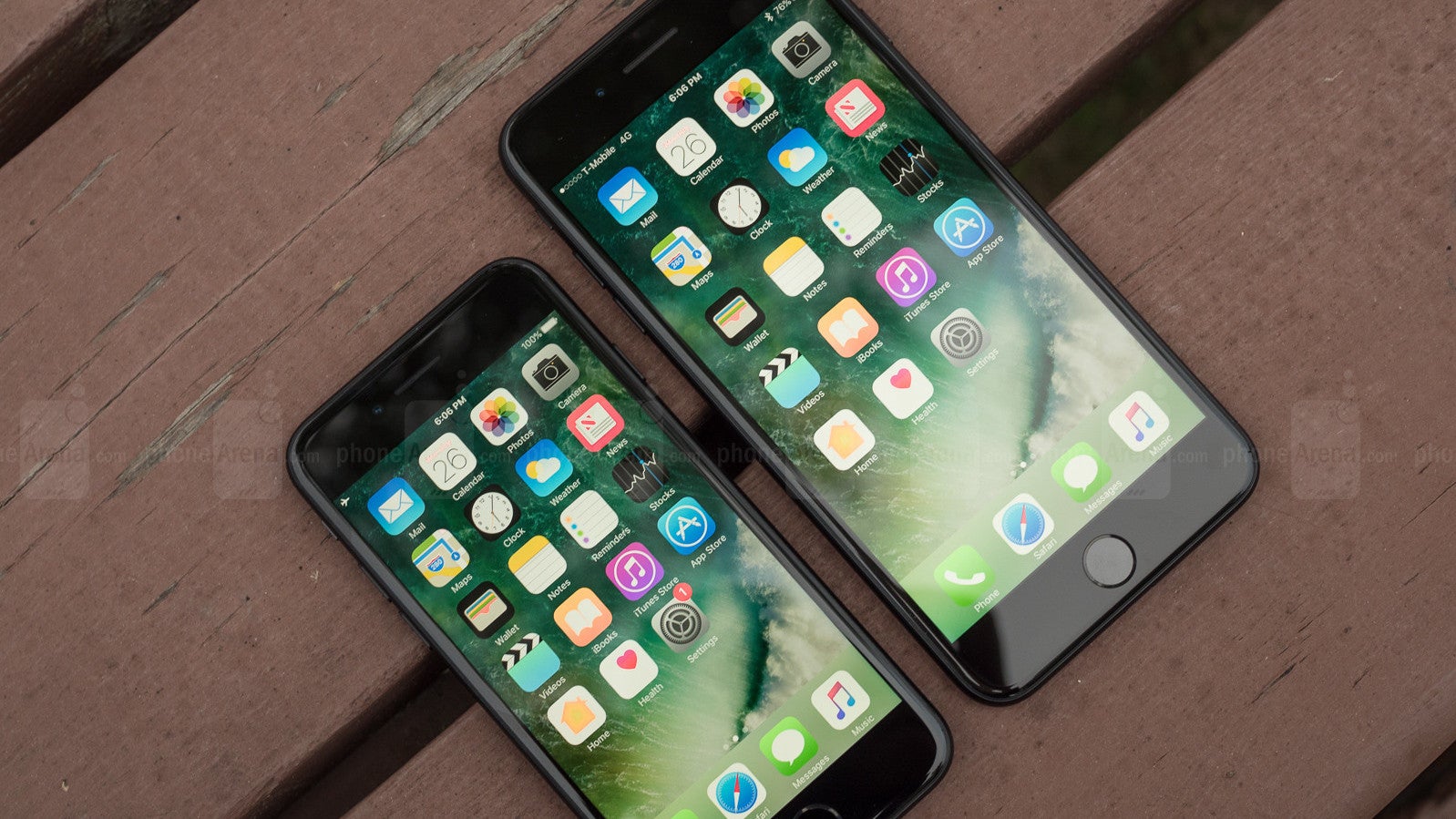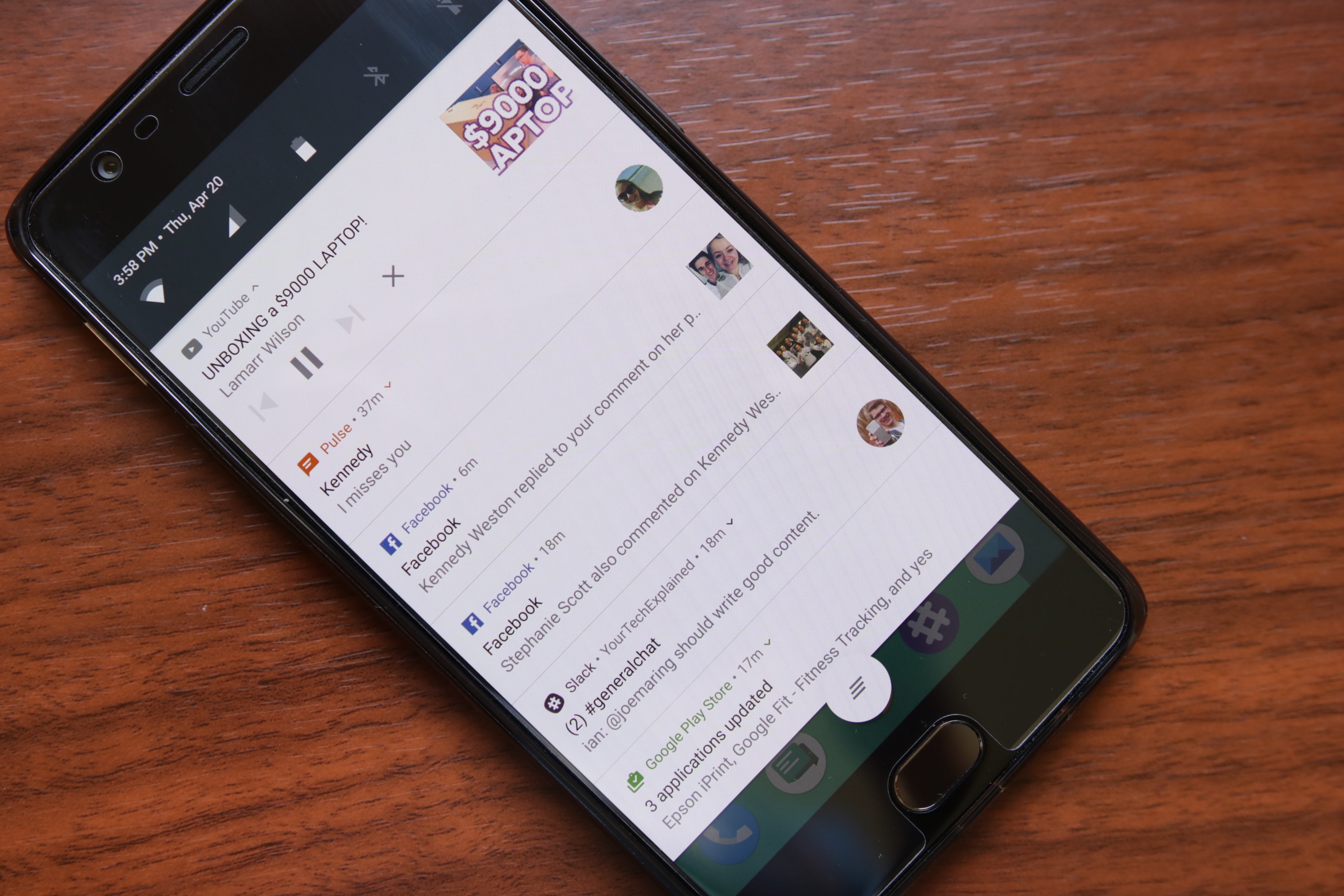Why I'm going back to Android after using the iPhone for 5 months
This article may contain personal views and opinion from the author.

This is how I ended an editorial that I wrote back in November of last year titled “After using Android my entire life, I decided to switch to iOS.” In that editorial, I gave a few reasons as to why I had made the choice to give up my Moto X Pure Edition in favor of the iPhone 7 so that I could finally get acquainted with Apple’s acclaimed mobile operating system. It’s been about five months since I made that move, and as I sit here and type out this latest editorial, I’m looking over at my OnePlus 3T and grinning with joy at the fact that I decided to get rid of my iPhone and head back once again to Android.
What caused me to go back though? After a good deal of thinking and meditating over this 5 month trial, I’ve come up with a few main reasons behind my reasoning for abandoning the Apple.
iOS is offensively boring
This isn’t news to anyone’s ears, but it’s something that I didn’t really get a solid understanding of until I had finally gotten over the honeymoon phase with my iPhone 7. This was my first time using an iPhone as my daily driver, so everything about the operating system was new to me. As a result, I didn’t really care about the limited customization features. The entire UI was a vast departure from what I had been using with Android smartphones, and because of this, iOS felt fresh and exciting.
After a couple of months of using the iPhone 7 as my daily driver, I started to notice little things here and there about iOS that just didn’t make a whole lot of sense. Why can’t I organize apps on my home screens in any which way that I want? Why is there no option to change the appearance of the app icons? Why can’t I simultaneously run two apps at once? Why for the love of god can’t I set Chrome as my default web browser or Google Maps as my primary navigation system?

iOS might look good, but it's lacking in a lot of key areas
All of these little annoyances eventually started to pile up, and what was once a breath of fresh air was now a regular pain throughout my day. There’s no doubt that iOS is extremely smooth and very well-refined, but at what cost? Competing handsets such as the Google Pixel and OnePlus 3T offer a very similar level of smoothness and refinement, but also give you all of the customization options that you come to expect with Android.
High-end Android smartphones are just as reliable as any iPhone, and with companies like Google focusing on software optimization rather than winning the eternal spec race, this is only going to become more and more prevalent as time goes on and more manufactures take note.
Notifications need a complete overhaul
With the Android 7.0 Nougat update, Google nailed notifications on the head. Although they still aren’t perfect, the concept of bundling multiple notifications from one app in a single chunk is a brilliant idea. Get a lot of Instagram notifications? On Android, all of these updates are bundled into one single Instagram card, and while you can easily dismiss all of these notifications with one single swipe, you also have the option of expanded and interact with them on an individual basis. It’s simple, works well, and keeps your notification drawer from getting overly cluttered.
Unfortunately, we’ve only hit the tip of the iceberg here.
Notifications on iOS are considerably lacking when compared to the way that Android handles them
When it comes to dismissing notifications on iOS, you do so by swiping to the left. However, after you swipe a notification, you then need to then press a “Clear” button in order to actually get rid of it.
Why in the world is this a two step process?
I’d understand this a bit better if Apple added other options aside from clearing the notification, but that’s literally all you can do. There’s no reason dismissing a single notification should take two separate steps, but it does. This might sound like nitpicking to some people, but if you’re someone who deals with a lot of updates from multiple apps all day long, this is something that quickly grows to be a huge pain that’s incredibly unpleasant to deal with.

Google got it right with the concept of bundling similar notifications in Android Nougat
Let’s say that you get a few notifications on your iPhone, and you turn on the screen and decide to interact with one through the lock screen. You 3D press on a text message notification to quickly reply to it, jump to your home screen, watch a YouTube video, and then lock your phone again. However, just as you locked your phone, you realize that there was another notification you wanted to look at. When you press the power button to go to your lock screen, nothing is there; it’s completely blank.
Even if you had 20+ notifications on your lock screen when you interacted with that text message, they all disappear once you lock the screen again. You can view all of your notifications by swiping down from the top to access your tray, but I simply don’t understand why any unread notification doesn’t remain readily accessible on the lock screen.
These issues on their own may be small, but when they all pile on top of one another and you have to deal with them on a daily basis, you begin to dread interacting with any number of notifications. This can absolutely be changed with a software update, but for the time being, it's not entirely functional and needs a lot of improvements.
It may “just work”, but at what cost?
Being able to seamlessly get SMS conversations on my iMac and MacBook was fantastic. Having the ability AirPlay my iPhone’s screen to an Apple TV worked surprisingly well with hardly any lag or latency. Having my MacBook automatically detect my iPhone as a mobile hotspot when out and about was a simple joy.
All of this stuff works incredibly well, and you really don’t have to do anything to get it to work. For a lack of better words, it just works. This is a theme that I absolutely loved during my early days with the iPhone, but as time progressed and I really got to thinking about things, I came to realize that a lot of this has to do with Apple’s famous Reality Distortion Field.

Have an Android phone and want to have SMS conversations on your smartphone, smartwatch, and desktop? Download Pulse from the Google Play Store and pay a small one time fee of around ten bucks to do so. Like the idea of casting your phone’s display to a TV? Google Cast has made some massive improvements over the years, and while it may not be quite as seamless, it still works about 99.99% as well as AirPlay.
Apple's services work incredibly well, but the restrictions they bring with them aren't worth it
Despite what Apple tries to market to you, it’s very possible to live in a world where your technology “just works” even if your phone doesn’t have a fruit logo on the back of it.
And this brings me to my next point.
If you get bored or tired of your iPhone in between release cycles, you’re kind of screwed. Right now, you can choose between the iPhone 7 and 7 Plus (and technically the SE, but I’m not talking about simple releases). These are the only phones that run iOS, and as such, they’re the only two phones you can pick from if you want to be immersed in that glorified Apple ecosystem.
Now, let’s say that you have a Samsung Galaxy S7 and decide that you’d like to choose something else. Sure, you could go for the newly released Galaxy S8, but you could also go with the Google Pixel, LG G6, HTC U Ultra, OnePlus 3T, Huawei Mate 9, etc. The point here is that with Android, you have a wide array of smartphones to choose from. And, if you do decide to purchase something else, you’re still living within the same mobile operating system with all of your data, information, and content readily available for you to access.
Wrapping things up
Nonetheless, Apple will need to make some serious changes before I consider going back to iOS.The actual hardware of the iPhone is fantastic — in fact, some of the best that you can currently find in a smartphone. In all honesty, it’s the software that caused me to find home once again with Android.
Apple revolutionized mobile software in 2007, but it hasn't changed a whole lot since
I understand why Apple is so restrictive with access to its various services, and while this makes sense from a business perspective, it creates for a real drag from the point of a consumer. You’re enticed, encouraged, and expected to devote your entire digital life to Apple’s library of media when using an iPhone, but if you haven't done this already, it’s an incredibly tough sell.
Why should I spend hundreds upon hundreds of dollars for movies, TV shows, games, and more that can only be accessed through a small number of devices when I can do the same thing through an ecosystem that supports thousands of different gadgets?
Although I’m happy that I exposed myself to something new, I’d be lying if I said I wasn’t glad to be back with Mother Google. The OnePlus 3T is the first phone that I’ve really gotten a chance to be familiar with Android Nougat, and with Android O already promising to make some big improvements on top of it, I’m ridiculously excited for what the future of Android has to offer.

With handsets like the LG G6 and Samsung Galaxy S8, 2017 has already been a massively exciting year for smartphones. However, even with these two top dogs soaking in the limelight, there’s no doubt that all eyes are directed to what Apple’s move will be with 2017 marking the tenth year anniversary for the release of the original iPhone. We’re expecting big things from the Cupertino giant, and while we’re bound to feast our eyes upon a spectacle of a smartphone, I’m fairly certain that I’ll be staying with my operating system of choice.
Besides, having software named after tasty desserts is stupidly whimsical.
Now, could someone please get me an Oreo?












Things that are NOT allowed: